For AC-powered equipment, an "AC power cable" is essential, and the part of the device where the cable connects, commonly referred to as the inlet, is known as the "AC power inlet."
Here’s an example of an actual AC power inlet:
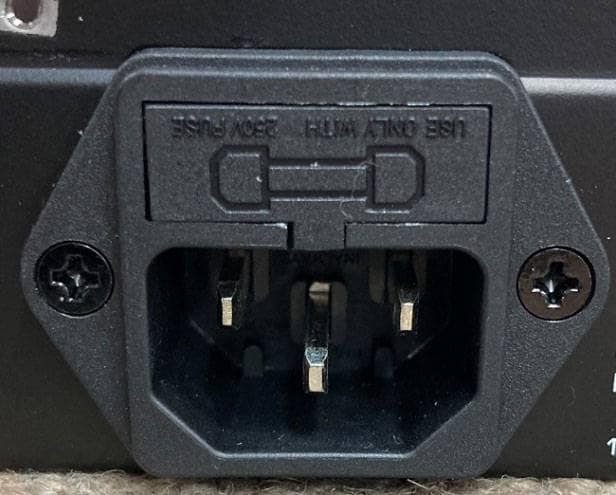
Some of the equipment we handle features slightly different shapes for the AC power inlet connectors. Understanding these connector standards is crucial. If you ever lose an AC power cable, knowing the exact standard will allow you to easily find a replacement with the same specifications.
So, even if you accidentally misplace your power cable, you won't have to worry as long as you're familiar with the connector standard.
The power used in most audio equipment is classified as either AC (alternating current) or DC (direct current). DC power is typically supplied by an AC/DC adapter, which converts AC to DC. Many compact devices, such as guitar effects pedals, small mixers, and wireless microphone receivers, do not have built-in power units, so they rely on adapters for power conversion.
For more information on AC/DC adapters, check out our blog post:
→ Master the Art of Choosing the Right AC Adapter
Now, let's get back to the main topic. AC power inlets and cable connectors adhere to specific standards set by the International Electrotechnical Commission (IEC). In particular, the standards for AC power plugs and connectors are defined under "IEC 60320." Japan's domestic JIS standards also align with these IEC standards.
Although this might sound a bit complicated, in reality, there are only **three** common connector shapes that are frequently used in most audio equipment.
It’s helpful to recognize these by their appearance and shape. I’ve summarized them in a table for easier understanding.
| Outlet (Female) | Inlet (Male) | Shape | Rated Current | Compatible Equipment |
|---|---|---|---|---|
| C7 | C8 |  |
2.5A or Others | JBL / 104-BT |
| C13 | C14 |  |
7A, 10A, 15A | General Equipment |
| C19 | C20 |  |
16A, 20A | CLASSIC PRO / UPS2000PSII CROWN / XTi 6002 or Others |
Key points to remember from the table:
- - Inlet (Male): This refers to the connector standard on the device itself (the plug on the equipment where the cable connects).
- - Outlet (Female): This refers to the connector standard on the power cable (the socket on the cable that plugs into the device).
When searching for a compatible power cable, look for one that matches the inlet standard of your device—whether it's C7, C13, or C19.
To ensure compatibility, take a moment to check the inlet on the back of your device.
■ C7 Power Cable / C8 Power Inlet Compatibility
JBL / 1 Series 104-BT Desktop Monitor Speaker with 3-Year Warranty
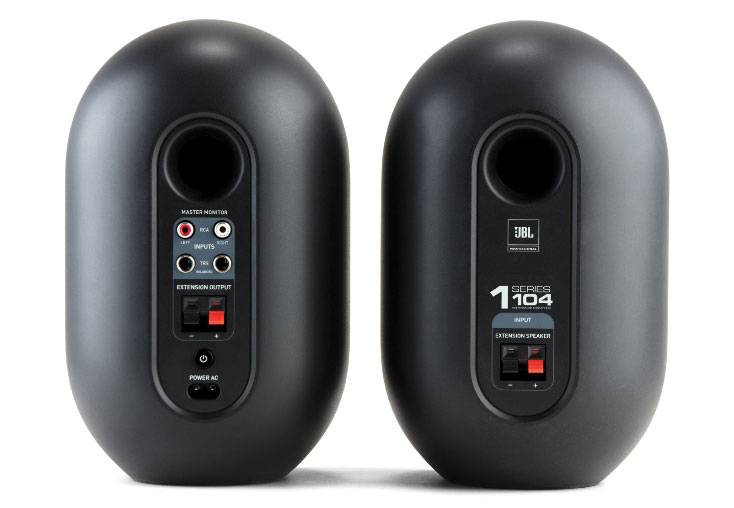
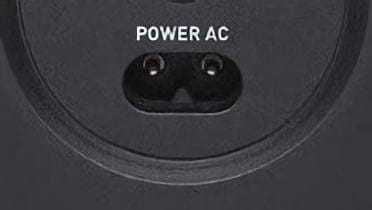
■ C19 Power Cable / C20 Power Inlet Compatibility
CLASSIC PRO / UPS2000PSII Uninterruptible Power Supply (UPS)
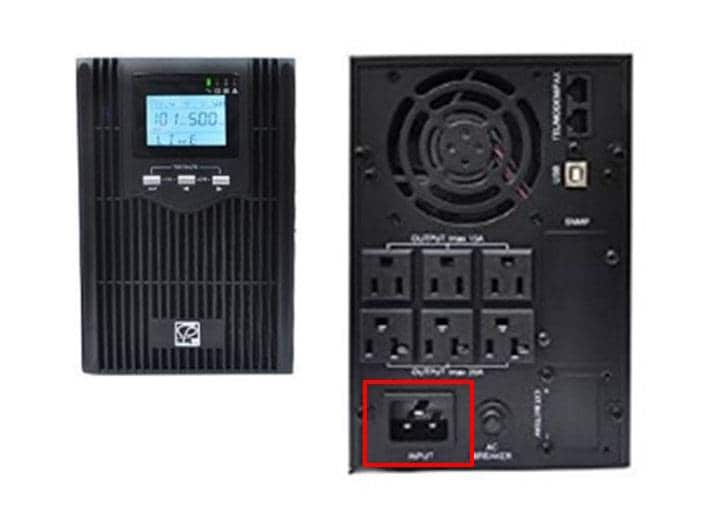
■ C19 Power Cable / C20 Power Inlet Compatibility
CROWN (AMCRON) / XTi 6002 Stereo Power Amplifier

When selecting a power cable, besides the connector shape, there are a few other important points to consider, which I'd like to explain before we conclude.
As mentioned earlier in the table, each power cable has a specified *rated current*. This represents the maximum amount of current the cable can safely carry without compromising its performance—essentially, its limit.
When choosing a power cable, it’s crucial to match the rated current of the original cable or, if that’s unknown, use the power consumption or current requirements of the device as a guideline.
We also carry a selection of power cables, and I’d like to introduce a few of them as a final note.
■ C7 Standard Power Cable
Rated Current: 7A
■ C13 Standard Power Cable
Rated Current: 7A
Rated Current: 15A
For those who want to learn more in detail, I recommend looking into the IEC 60320 standard. This will provide a deeper understanding of the various power connector types and their specifications, helping you make more informed choices when selecting power cables.





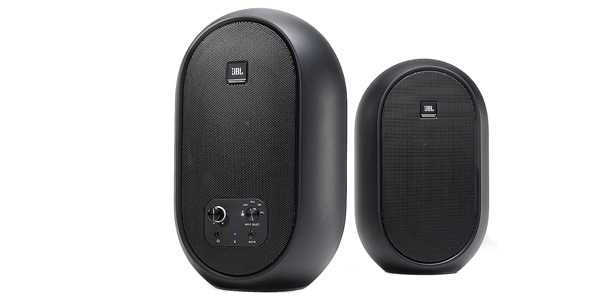
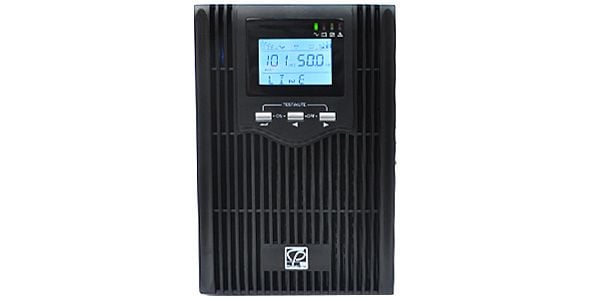
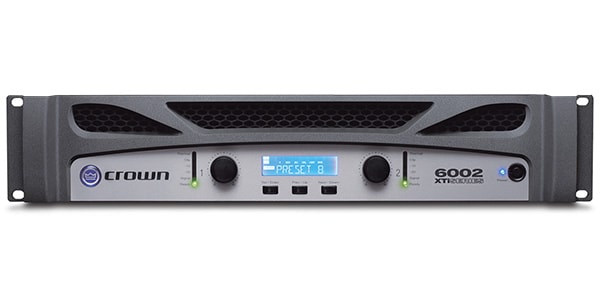
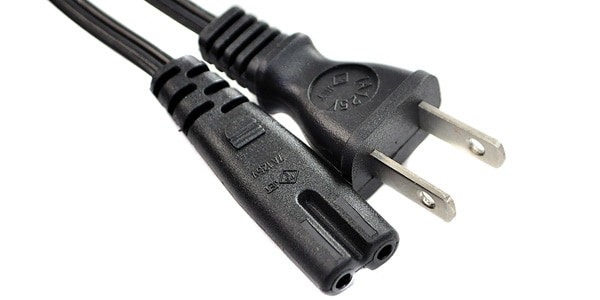
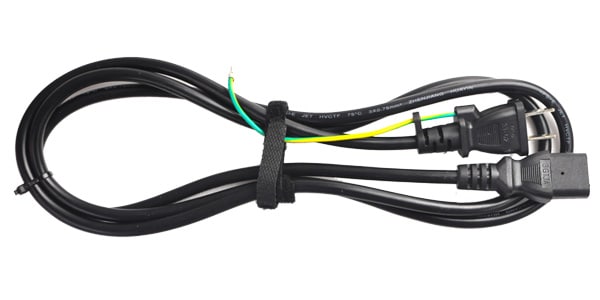




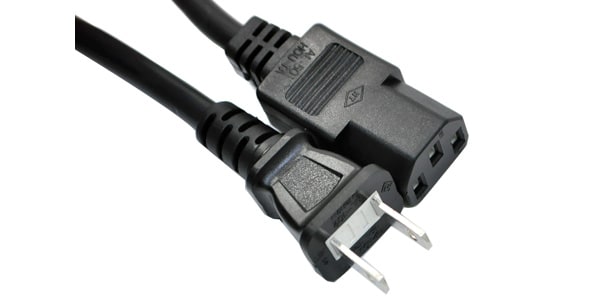

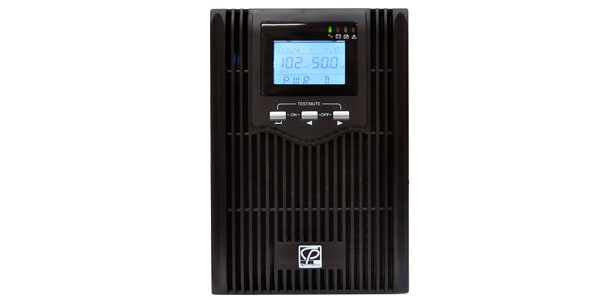

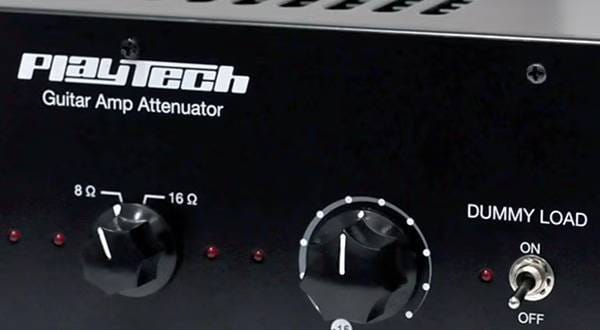


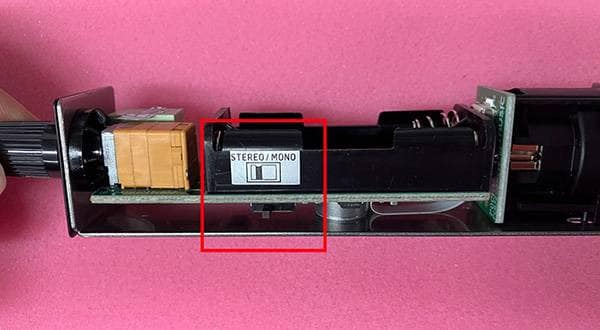

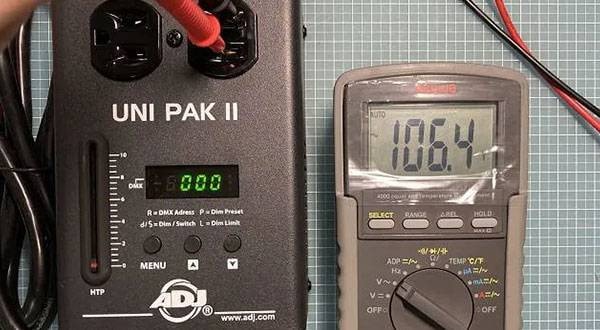
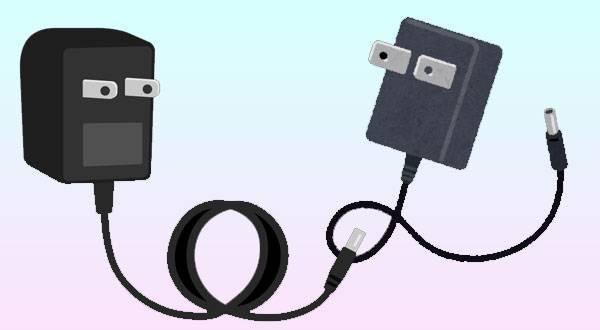
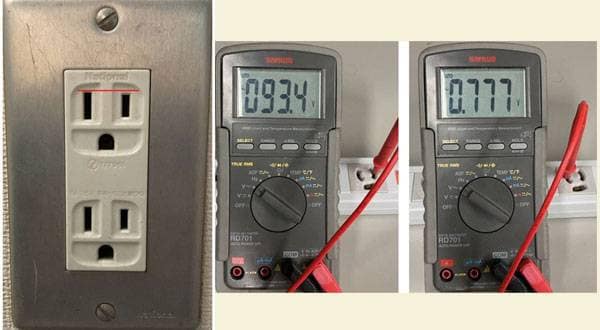
![[Latest for 2022] Simple Guide to Choosing a UPS](/contents/uploads/thumbs/2/2022/1/20220118_2_16206_1.jpg)

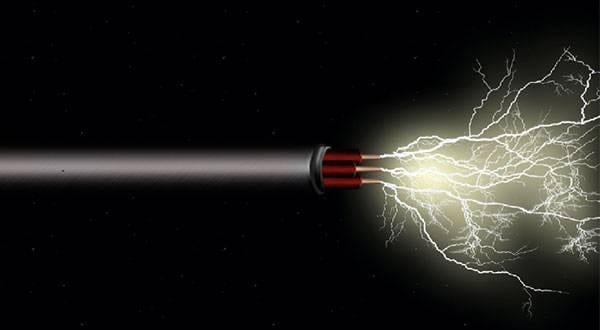
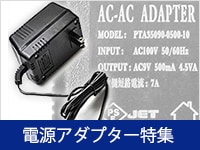 電源アダプター特集
電源アダプター特集
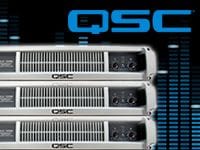 QSC パワーアンプ特集
QSC パワーアンプ特集
 停電時にパソコン、作曲データを守る!!
停電時にパソコン、作曲データを守る!!
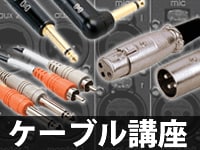 虎の巻 ケーブル講座
虎の巻 ケーブル講座
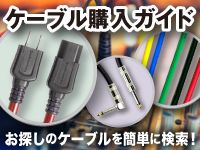 ケーブル購入ガイド
ケーブル購入ガイド
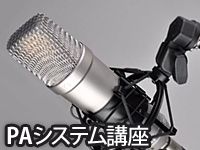 PAシステム講座
PAシステム講座















